WEST FORKS — The deer seem to arrive right on schedule. It’s a little after 6 p.m., and the sky is growing dim.
As Gordon Berry spreads sweet feed in long lines across the snowy ball fields, some of the more than 100 deer back away and watch him closely. Others jump playfully, ignoring the man in a ballcap who has provided for them for the last 10 years.
Behind Berry, two pickup trucks are parked by the Kennebec River, near its confluence with the Dead River. The visitors came to watch the wild, white-tailed deer. In the winter, sometimes as many as 30 snowmobilers will park in the spot off U.S. Route 201 to see them — as if it’s a live drive-in movie.
The practice of feeding deer is a controversial one, but in this plantation with 46 residents, it’s become a way of life. The program is funded in part by West Forks and The Forks taxpayers, even though biologists advise against feeding deer.
“People don’t understand it. (The deer are) worn out from the long winter,” Berry said, standing in a drizzle, watching the deer. About a quarter are bucks, their antlers just starting to show. Many of the does have bulging sides and are likely pregnant.
The deer appear comfortable with the routine. As many as 140 of them emerge from their nearby wintering area on the ridge behind Berry’s General Store and make their way to the ball fields every day from mid-December to mid-April.
An additional 60 deer are fed at an old wood yard about half a mile east on Lake Moxie Road.
At the end of this week — as temperatures rise, the snow melts and the deer are able to find more food on their own — the animals likely will leave for their summer ground. Even if Berry puts out the feed, they won’t come.
This spot is surrounded by forest, but as more and more trees are logged, deer are losing the thick cover they need for their winter shelter. With fewer places for large numbers of deer to stay during the cold months, and piles of snow preventing them from traveling far distances, it’s becoming increasingly difficult to find food, said Lloyd Trafton, a retired game warden from West Forks.
“The type of logging today isn’t really conducive to wildlife management,” Trafton said. “It’s mechanically harvested, and they harvest large areas at a time.” He added: “I don’t want to sound like I’m blaming the paper companies for all this. This is something that’s evolved over a period of, let’s say, the last 35 years.”
Concern about low deer population numbers in western, northern and eastern Maine has been growing for the last several decades, according to the Maine Department of Inland Fisheries and Wildlife. Concern for the deer also means concern for rural businesses.
“We don’t have the deer here now, no where near where we did then, 40 years ago,” Trafton, 65, said. He remembers years ago when businesses stayed open until 11 p.m. to accommodate the flood of hunters to the area every November. “The decline of the deer here definitely has been a factor in the decline of the economy,” he said.
When asked, however, people here don’t say they’re feeding the deer to help the economy. They say they’re doing it simply to help the deer survive. Even though many residents hunt — the general store sells mounted rabbit and deer heads, plus mounted fish — they find no contradiction in wanting to save the deer.
“This is just a fantastic program. In a time when we’re logging off all the deer’s habitat, this is a necessary thing to keep the deer herd strong,” said Lloyd Plasse, a seasonal resident of West Forks, as he watched the deer from his pickup truck recently. “I admire Gordon for his dedication to the deer and the environment.”
The state wildlife department agrees that Maine needs more deer wintering areas but frowns on supplemental feeding programs.
“It is a difficult circumstance because the north country has changed quite a bit. The best people can do is try to be advocates for the protection and conservation of wintering areas,” said Maine deer biologist Lee Kantar.
There are a number of reasons why the department discourages the practice of feeding deer.
One is that feeding areas are prime places for spreading diseases. A biologist’s worst nightmare, Kantar said, is to learn of deer having chronic wasting disease, a fatal illness that spreads through contact with saliva, feces and urine.
Deer also are sensitive to abrupt changes in diet and can die if fed the wrong thing. They need protein-rich food, not kitchen scraps or hay.
Even if fed the correct food, deer that are crowded together are prone to fighting one another, Kantar said, preventing the weaker deer, who need food the most, from receiving it. Also, feeding programs often draw deer across roads, increasing the likelihood they’ll be struck by cars.
Berry said he knows the disadvantages of feeding deer and makes sure to use grain rich with nutrients — Poulin sweet feed from RT Farms Enterprises in Winthrop (they deliver it the 100 miles north). He spreads it out, so the deer don’t fight over it.
Since he started the feeding site, the number of vehicles crashing into deer has actually decreased, he said. In the ’70s, ’80s and ’90s, typically 60 to 80 deer were struck by vehicles between the bridge at the south end of town and a mile north, he said. The ball fields are north of the bridge.
Since 2000, the largest number of recorded crashes in one year is 11, said Berry, who is a captain on the local fire department. The tally is kept at the general store.
“We feel this is due to us feeding these deer here in the field. It keeps them away from the road,” Berry wrote on a small brown paper bag prior to his interview, to capture his ideas. He said the deer exit the woods directly onto the ball fields. He said that without the program they would wander over the road to find food.
Chuck Hulsey, a regional wildlife biologist based out of Strong, said he’s skeptical of the numbers: “There’s certainly more deer hit than what a citizen sees and tallies.”
The negative aspects of feeding deer far outweigh the benefits, he said. On Tuesday he measured and weighed triplet fetuses that died when a doe was struck by car as she crossed a road in Coplin Plantation to reach feed. “That’s four deer gone,” he said.
Deer “were successful before people started to feed them. It’s just that the population level isn’t where people want it. But it doesn’t mean they’re a species in peril of disappearing. They live in a place that’s a challenge to live but there is natural food out there for them,” he said.
Another point Berry emphasized: The feeding site is near the deer wintering ground.
If a feeding site is too far away from a wintering area, Kantar said, deer will use up valuable energy and fat reserves to travel to it.
People also sometimes don’t realize how much it will cost to feed deer, Kantar said.
Residents of West Forks and The Forks pitch in every year at their town meeting, with West Forks contributing $1,000 and The Forks contributing $1,500, Berry said.
The Forks Fish & Game club picks up the remaining $4,400. The deer consume 150 50-pound bags of feed per month, which costs $6,900 for the winter.
Trafton acknowledged a drawback of deer feeding programs: “When they start to feed them, they’ve got to keep feeding them. They can’t stop,” he said. Otherwise the deer population will dip.
While biologists say the population would later stabilize, Berry said he doesn’t plan to stop and will return to the field when winter rolls around again. And if this winter is any indication, the deer will too.
Send questions/comments to the editors.

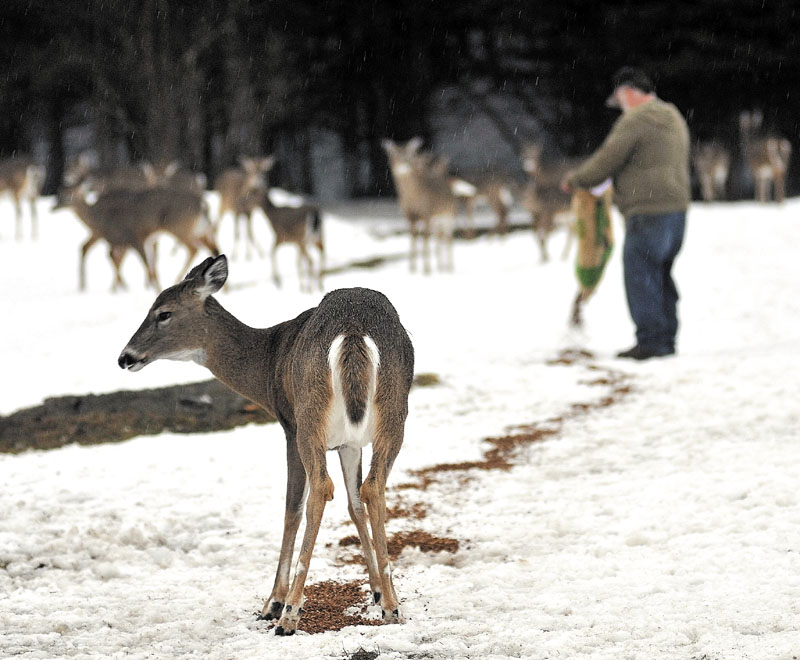
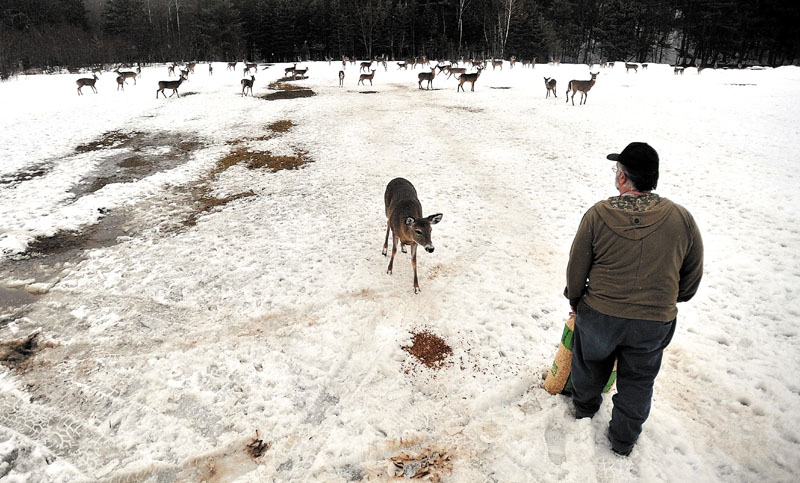
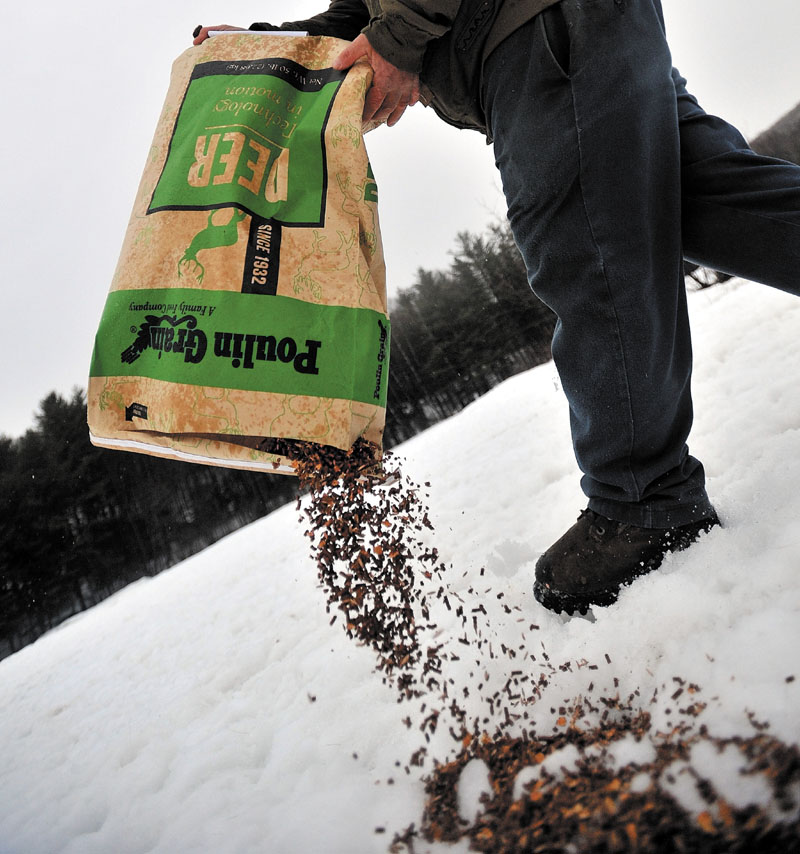
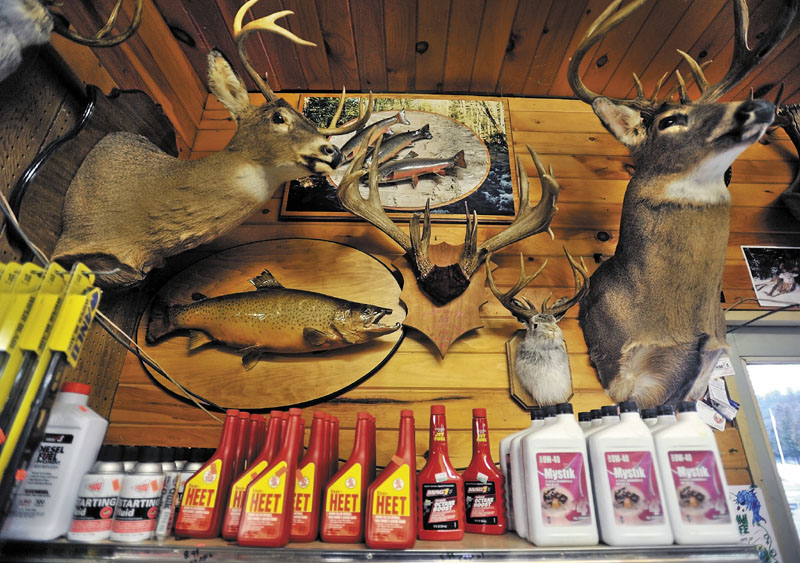
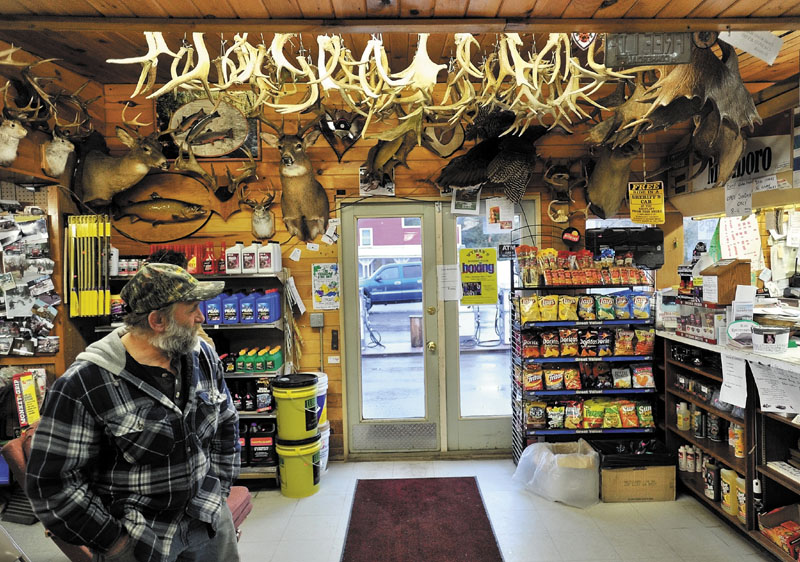
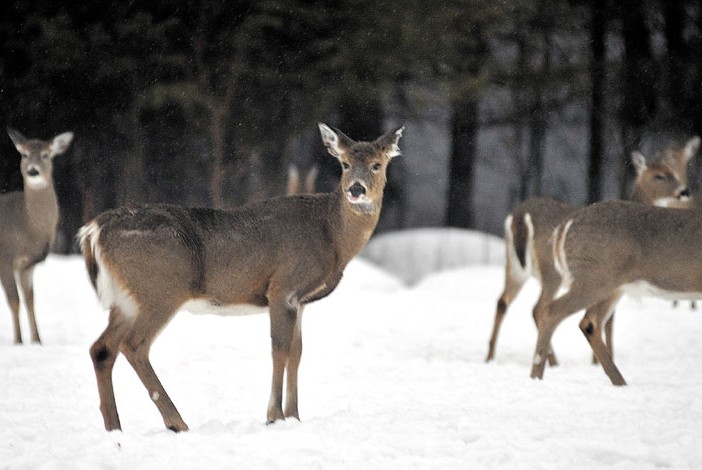

Comments are no longer available on this story